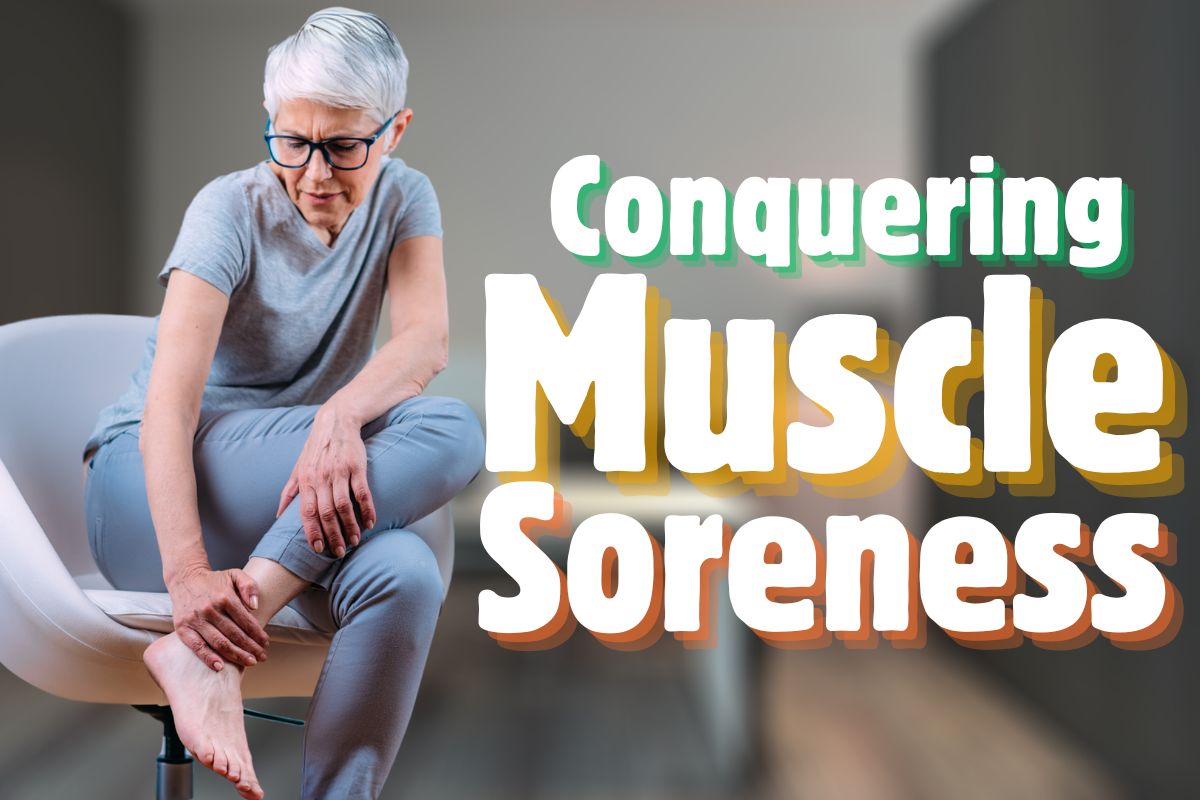
Your muscles are talking—here’s how to listen and respond
If you’ve recently rejoined the exercise world or increased your workout intensity, you might be experiencing that familiar “ouch” when moving the next day. This is called Delayed Onset Muscle Soreness (DOMS), and it’s particularly relevant for people over 50. While some soreness is normal after exercise, understanding why it happens and how to manage it can help you stay consistent with your fitness journey without unnecessary discomfort.
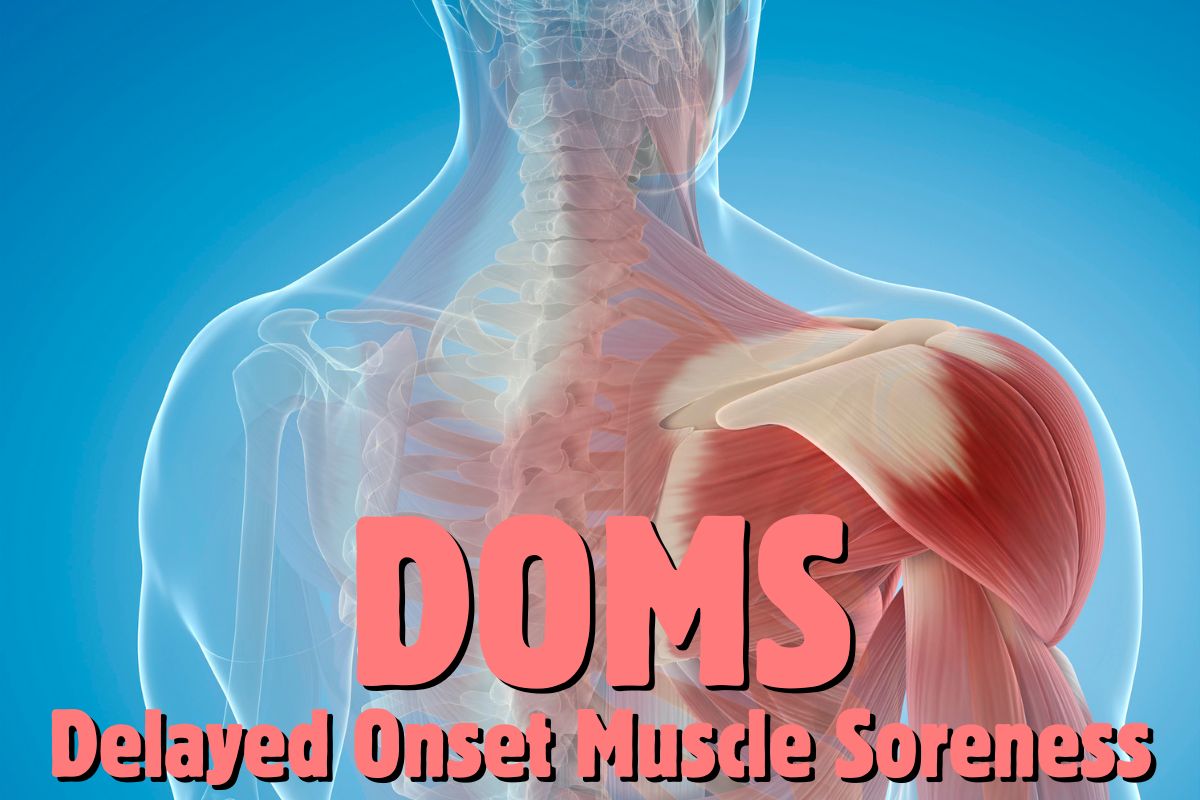
What Causes DOMS?
DOMS typically occurs 24-48 hours after exercise and results from microscopic tears in muscle fibers during workouts, especially after new or more intense activities. For those of us over 50, hormonal changes and decreased muscle mass can sometimes make recovery more challenging. But don’t worry — here are some effective solutions!

Hydrate Before, During, and After Exercise
Proper hydration is crucial for muscle recovery. Aim for at least 8-10 glasses of water daily, with additional intake on exercise days. Consider adding electrolytes to your water during longer workouts, as they help transport nutrients to your muscles and remove waste products that contribute to soreness.
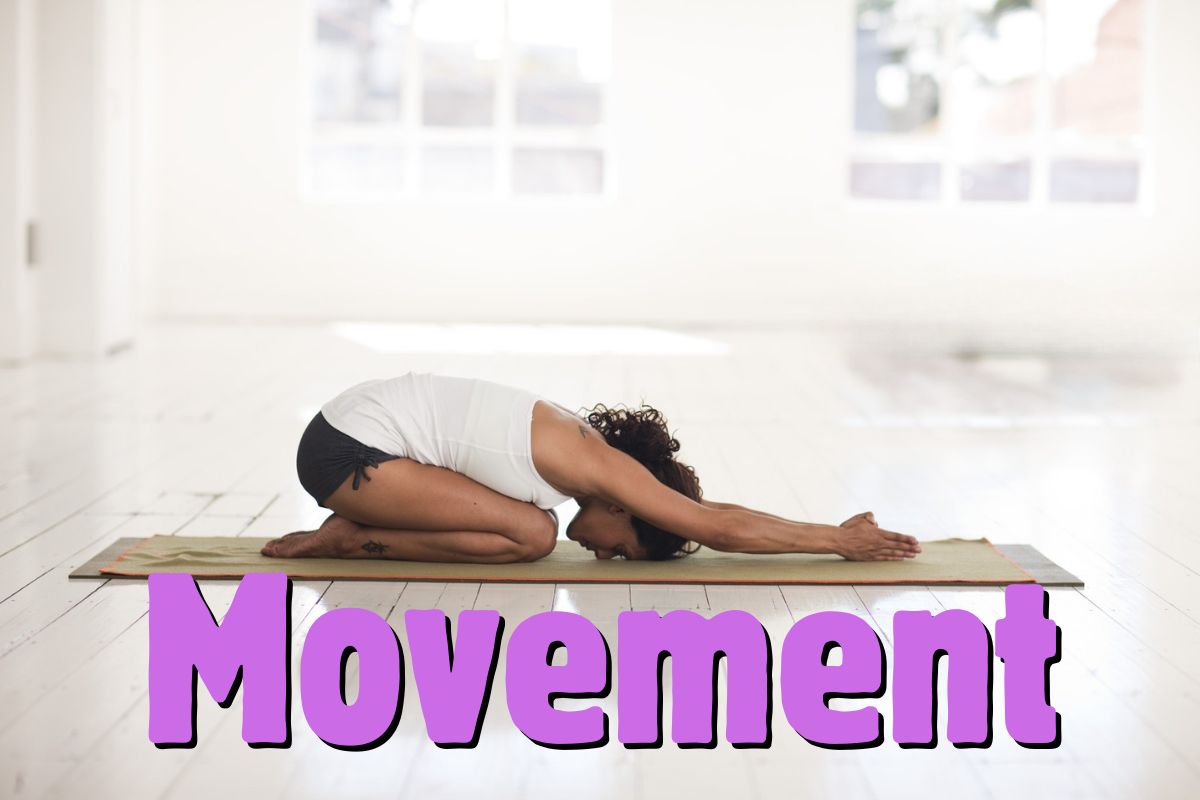
Embrace the Power of Gentle Movement
While rest is important, complete inactivity can actually prolong muscle soreness. Light activity like walking, Mobility, yoga or gentle Pilates increases blood flow to sore muscles, delivering oxygen and nutrients that speed recovery. Try 10-15 minutes of gentle movement on your “rest” days to keep muscles limber.
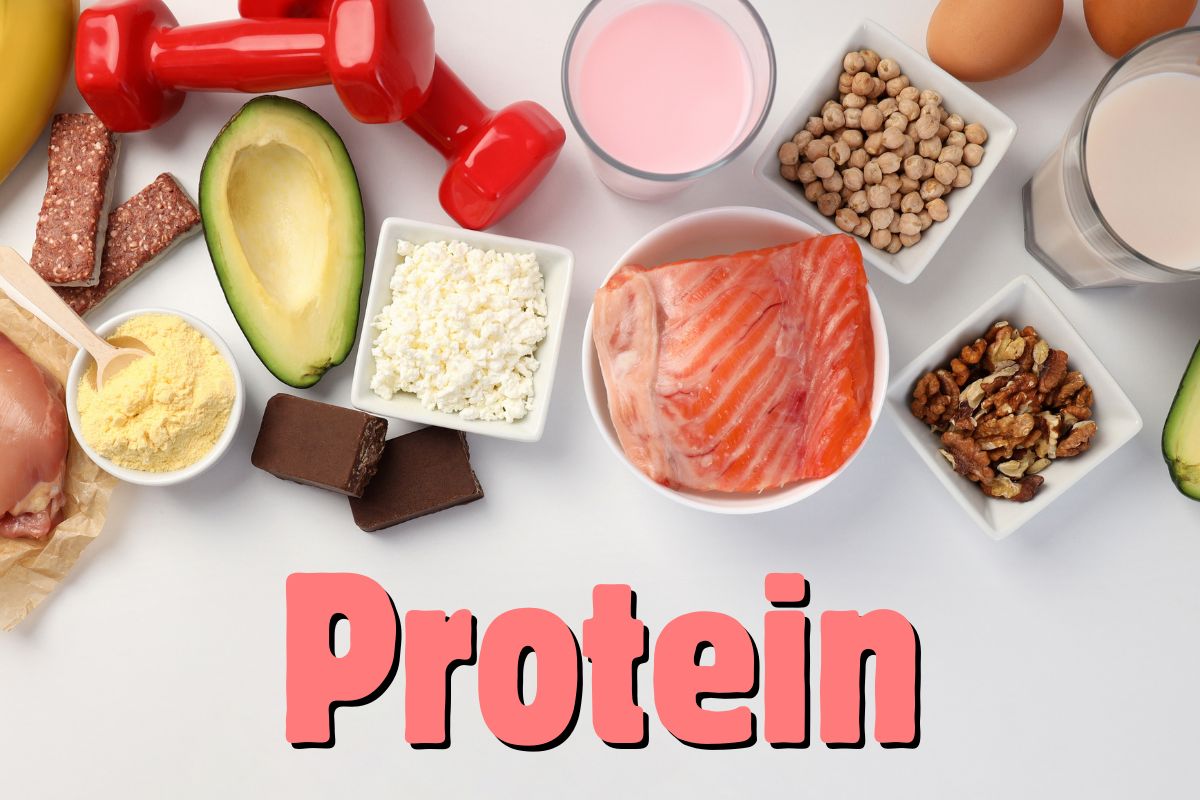
Prioritize Protein for Repair
Your muscles need protein to rebuild after exercise. For people over 50, aim for 1.0-1.2 grams of protein per kilogram of body weight daily. Include a protein-rich snack within 30-45 minutes after your workout—a smoothie with Greek yogurt, a handful of nuts, or a boiled egg can work wonders for recovery.

Try Heat and Cold Therapy
Alternating between heat and cold can significantly reduce muscle soreness. A warm bath with Epsom salts relaxes muscles and improves circulation, while cold therapy (like a cold pack for 10-15 minutes) reduces inflammation. For best results, start with heat, follow with cold, and finish with heat again.

Don’t Skip Your Warm-up and Cool-down
Many people experience more pronounced DOMS because they jump straight into exercises without proper preparation. Spend 5-10 minutes warming up with dynamic stretches and light cardio before your workout, and another 5-10 minutes cooling down with static stretches afterward. This simple routine can dramatically reduce next-day soreness.
Moving Forward with Confidence
Remember that some muscle soreness is a normal part of getting stronger, but if it’s debilitating or lasts more than 2-3 days, consider contacting a medical professional. By implementing these recovery strategies, you’ll bounce back faster from workouts and maintain your fitness momentum. The key is consistency—both in your exercise routine and in your recovery practices. Your body is remarkably adaptable, and with the right approach, you’ll soon find yourself experiencing less soreness while gaining more strength and energy.
Want to know more about today’s topic? Do you have a suggestion for future posts? Leave a comment below – I’d love to hear from you!
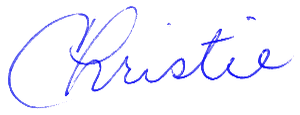

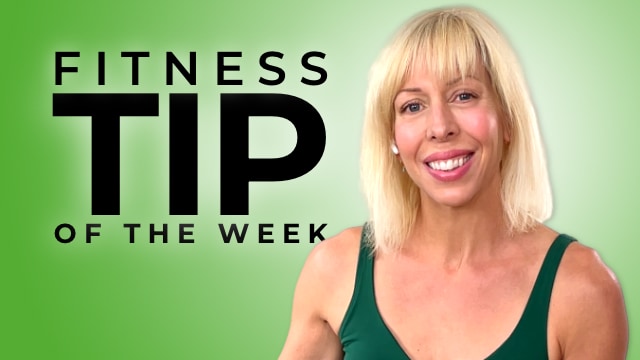
0 Comments